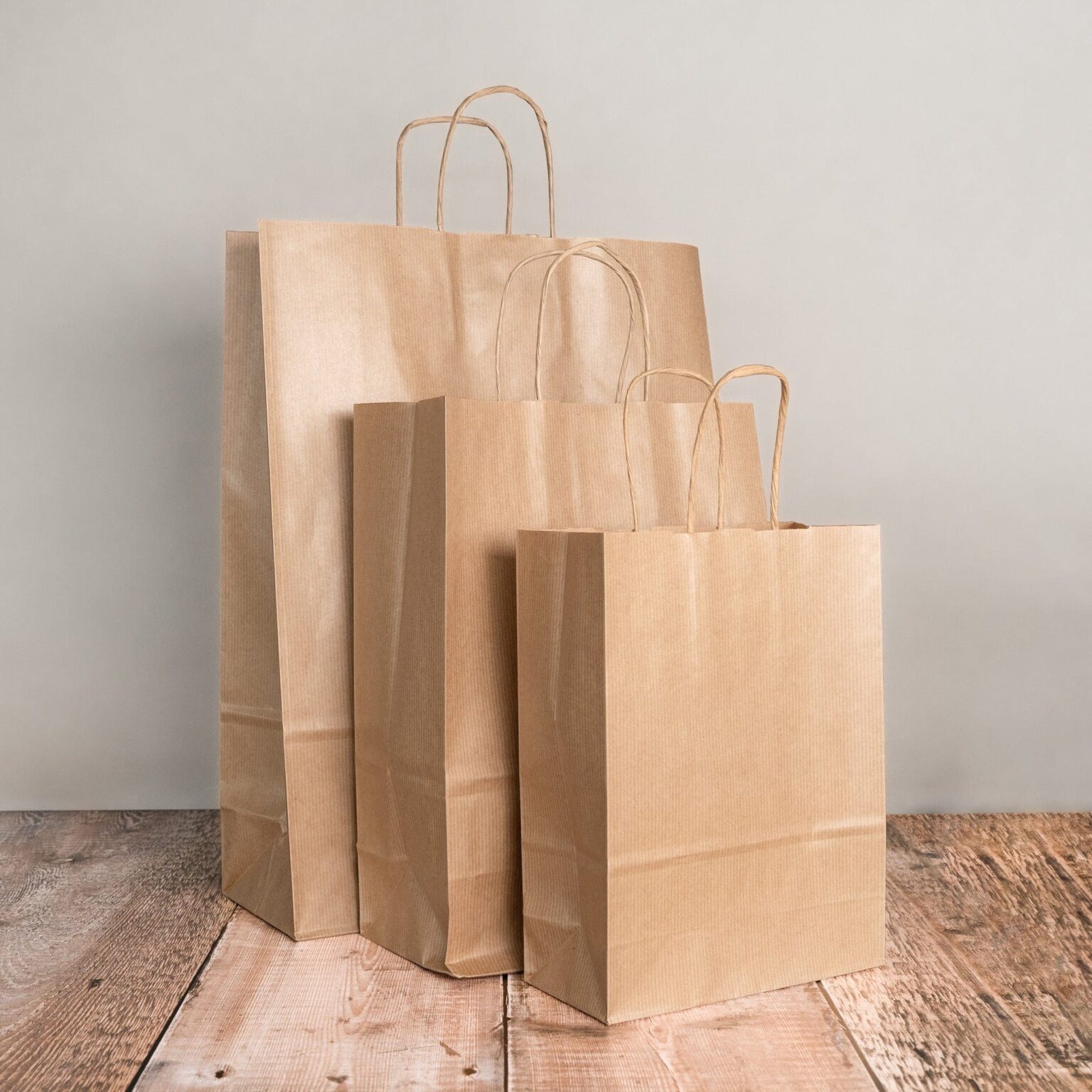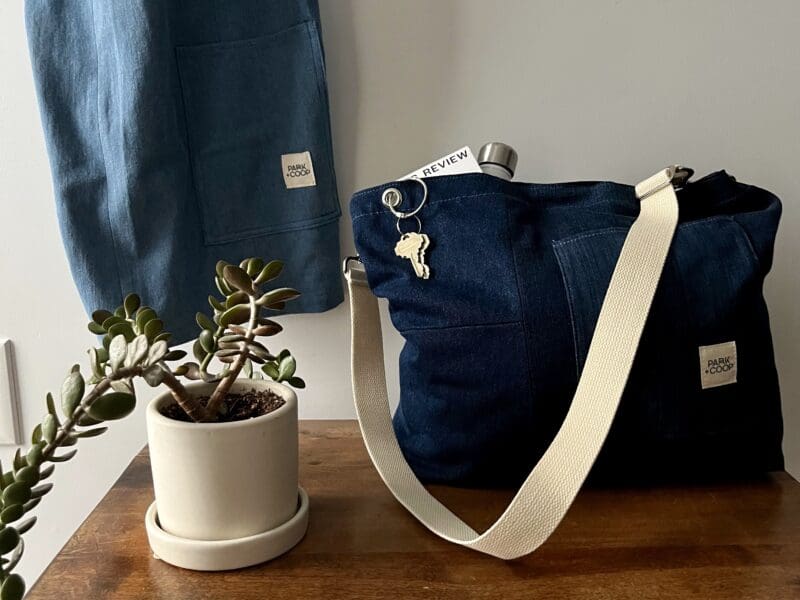
Designing Paper Bags: The Art of Combining Functionality and Aesthetics
Paper bags have been an essential part of our lives for decades, serving as a versatile and eco-friendly alternative to plastic bags. In recent years, there has been a growing focus on sustainable packaging and environmentally friendly design. As a result, the art of designing paper bags has evolved, combining functionality and aesthetics to create bags that not only serve their purpose but also make a positive impression on consumers. In this blog, we will explore the key elements you’ll need to consider when you design paper bags that are both functional and visually appealing.
Understanding the Purpose: Functionality First
Before delving into the artistic aspects of paper bag design, it is crucial to understand the primary purpose of the bag. Functionality should always be the foundation of the design process. The bag must be strong, durable, and capable of holding the intended items without tearing or breaking. Designers need to consider the bag’s size, weight capacity, and handle strength, as these elements directly impact its functionality.
Material Selection: Embracing Sustainability
In the era of environmental awareness, choosing the right material is of utmost importance. Opting for recycled or FSC-certified paper not only reduces the environmental impact but also enhances the bag’s appeal to eco-conscious consumers. Additionally, materials like Kraft paper offer a rustic and natural look that can be leveraged for branding purposes. Balancing strength and sustainability is key to an effective paper bag design.
Ergonomics and Convenience: The User Experience
Aesthetics alone are not enough; a well-designed paper bag should offer convenience and a positive user experience. Ergonomics plays a significant role in achieving this goal. Rounded edges, comfortable handles, and appropriate folding techniques contribute to easy handling and comfortable carrying. Customers will appreciate a bag that feels good to use, making it more likely for them to reuse it.
Branding and Storytelling: Aesthetic Appeal
Once the functional aspects are in place, it’s time to delve into aesthetics. The paper bag can be an extension of a brand’s identity, making it a powerful marketing tool. Bold and eye-catching branding elements, such as logos, colours, and slogans, can enhance brand recognition and leave a lasting impression on customers. Furthermore, using the bag’s surface to tell the brand’s story or display unique artwork creates an emotional connection between the consumer and the product.
Typography and Colour Palette: Communicating the Message
Typography and colours significantly influence the bag’s aesthetics and message. The choice of fonts can evoke different emotions and personalities, making it essential to select typography that aligns with the brand’s identity. Similarly, the colour palette should reflect the brand’s values and create a visually harmonious composition. Contrasting colours can draw attention to essential information, like discounts or promotional messages, enhancing the bag’s overall visual impact.
Embellishments and Finishing Touches: Elevating the Design
To elevate the design and create a premium feel, consider adding embellishments and finishing touches. Embossed or debossed logos and patterns, foil stamping, or spot UV coating can add a tactile and luxurious element to the paper bag. These subtle details elevate the bag’s aesthetics and create a memorable unboxing experience for customers.
Versatility and Repurposability: Reducing Waste
Designers should think beyond the bag’s primary use and consider its potential for repurposing. A creatively designed paper bag can serve as a gift wrap, a storage solution, or even a decorative item. By promoting the bag’s versatility, designers encourage customers to reuse it, reducing waste and reinforcing the brand’s commitment to sustainability.
Designing paper bags that combine functionality and aesthetics is an art form that requires a careful balance between practicality and creativity. By understanding the bag’s purpose, choosing sustainable materials, prioritizing user experience, incorporating branding elements, and adding finishing touches, designers can create paper bags that make a positive impact on both consumers and the environment. As consumer preferences continue to shift towards eco-conscious choices, the art of designing sustainable and beautiful paper bags will remain a critical aspect of packaging design.







